Ascorbyl Tetraisopalmitate (VC-IP) - an oil-soluble VC derivative, the best choice in the VC world!

● Vitamin C is a well-known star ingredient with many functions, including brightening, promoting collagen synthesis, and inhibiting lipid peroxidation.
● However, vitamin C is easily oxidized and discolored, so direct use in cosmetics can be troublesome. Therefore, scientists have developed more stable derivatives.
Vitamin C derivatives:
For example, water-soluble magnesium ascorbyl phosphate, aa2g, and other vitamin C derivatives. In addition, there are also oil-soluble vitamin C derivatives such as ascorbyl dipalmitate, but its solubility in oil is not always good.
Q: Are there any better choices for oil-soluble VC?
Yes, that is tetraisopalmitoyl ascorbic acid, commonly known as [esterified VC], also known as [VC-IP]. It is very stable at high temperatures and has good solubility in oil 。
VC-IP is a VC derivative that can inhibit tyrosinase activity and reduce melanin production.
It is milder and more stable than ordinary VC, and has excellent transdermal absorption capacity , It is decomposed into free vitamin C in the skin to achieve physiological functions, and it is not photosensitive , so it can be used with peace of mind during the day and can be widely used in various skin care products.
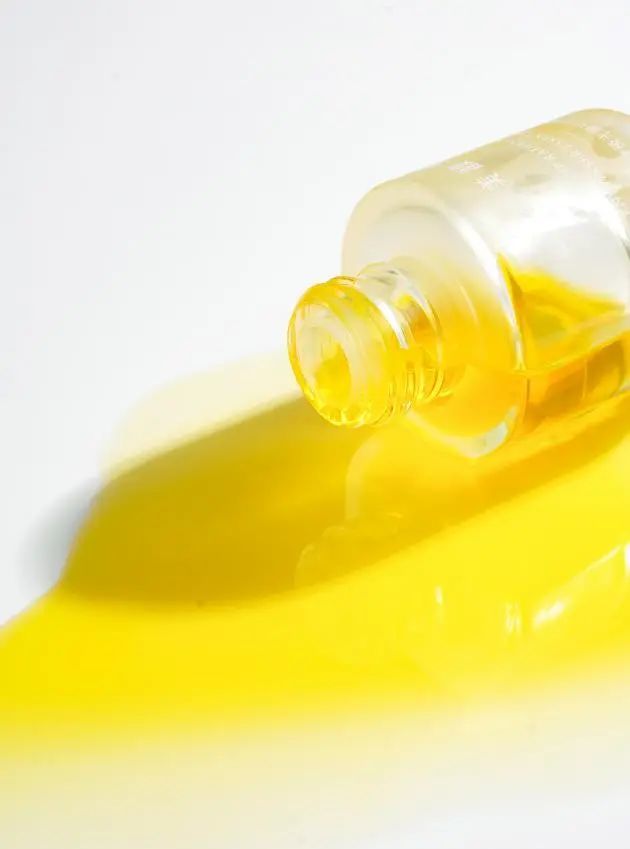
I. Regarding skin permeability:
Before introducing the specific effects of VC-IP, we must consider skin permeability.
Regarding VC and VC derivatives, many Zhihu experts have already analyzed them, and there are also many studies and discussions in the literature.
After various types of VC derivatives are protected by functional groups, the most important thing is transdermal efficiency, because only by penetrating the skin can it be converted and exert its effects.
1. VC ethyl ether permeability: About 58% permeability
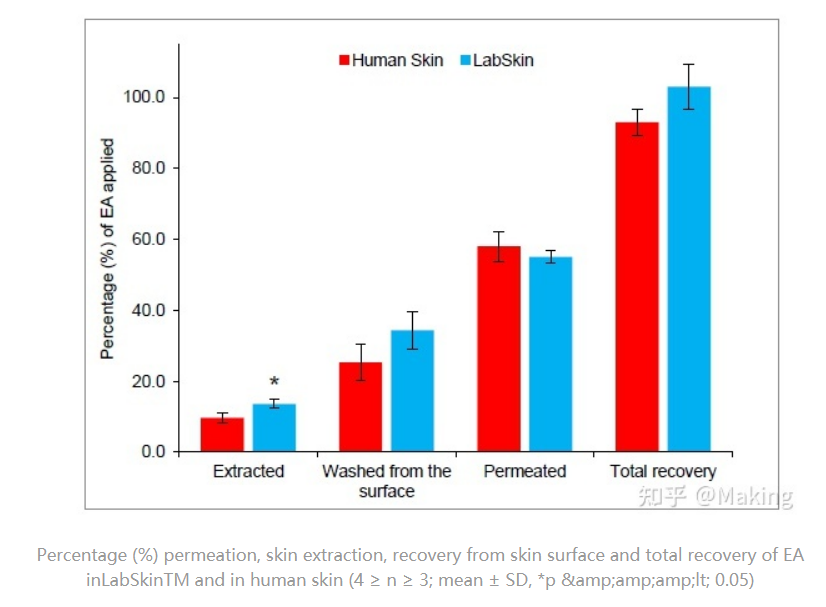
This is a permeability comparison of VC ethyl ether on LabSkin and human skin models by several researchers from University College London.
The results showed that the permeability of EA transported through LabSkin in 24 hours was 55.1 ± 1.8%. The permeability in human skin was similar, accounting for 58.0 ± 4.2% of the applied dose (p>0.05).
2. VC-IP penetration conversion rate: 84% conversion rate
For VC-IP, it is a little different. Researchers directly tested its efficiency in converting to vitamin C in the skin.
As can be seen from the figure below, within 10 minutes, 84% of VC-IP was converted to vitamin C in the reconstructed skin model, while the control group did not have this peak.
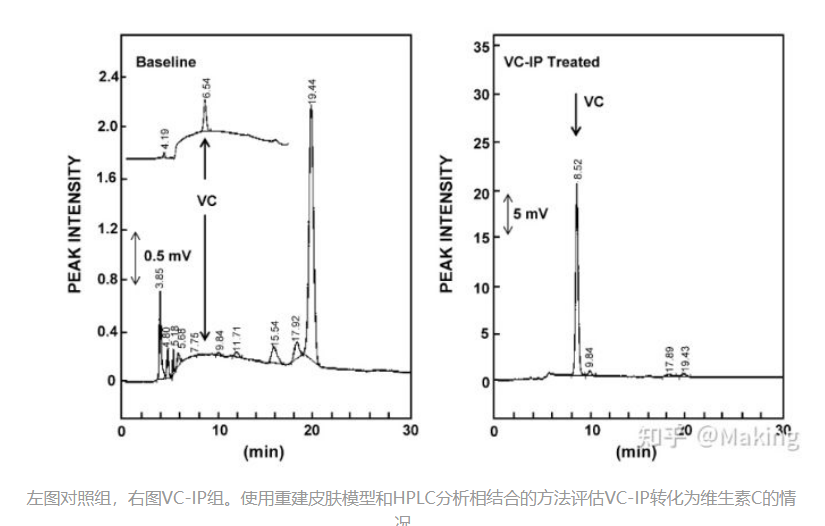
Conclusion: Although the molecular weight and structure of VC-IP are larger than VC ethyl ether, its conversion rate is quite high.
II. Regarding whitening effect:
Next, let's talk about the whitening effect that everyone is more concerned about.
VC-IP is no longer the latest active ingredient. There are many literatures and data reports on the whitening effect of VC-IP. Without further ado, let's take a look at the real test data from Berry Medicine.
VC-IP Efficacy test report:
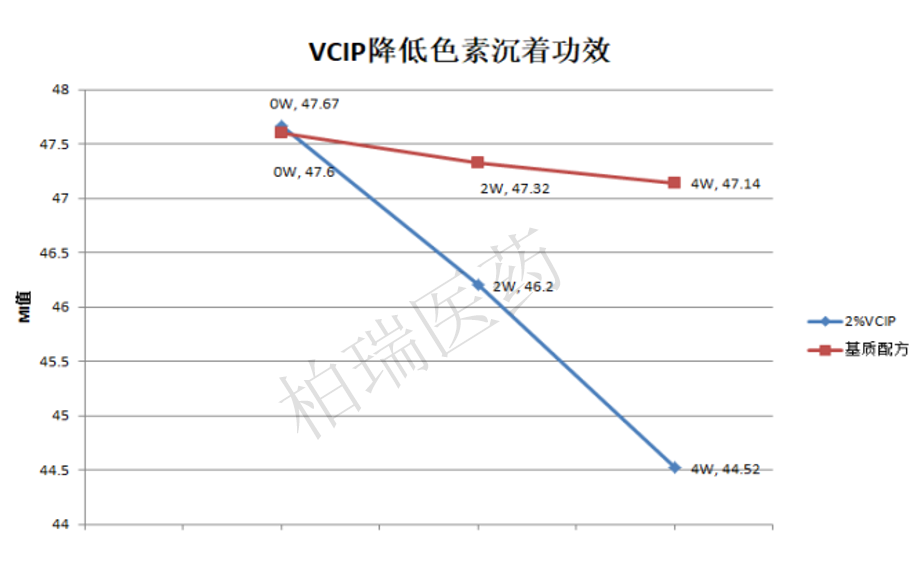
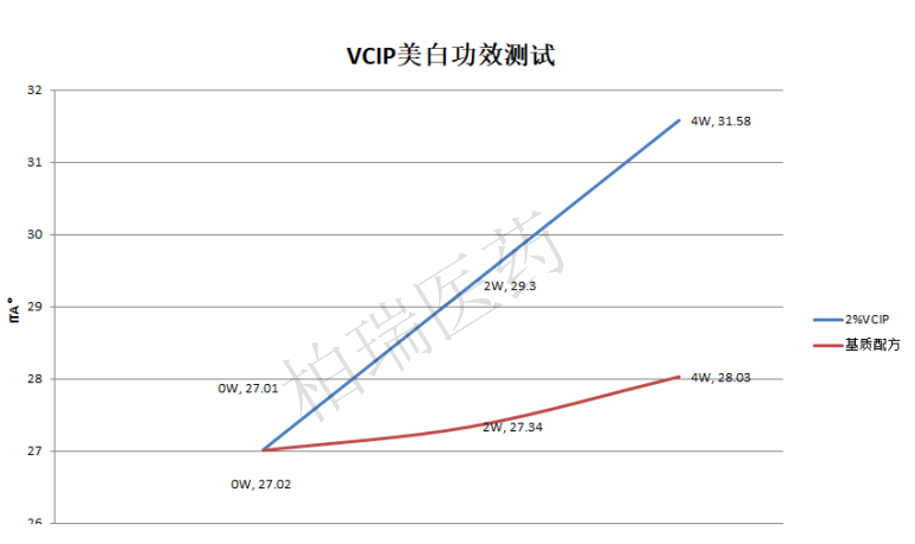
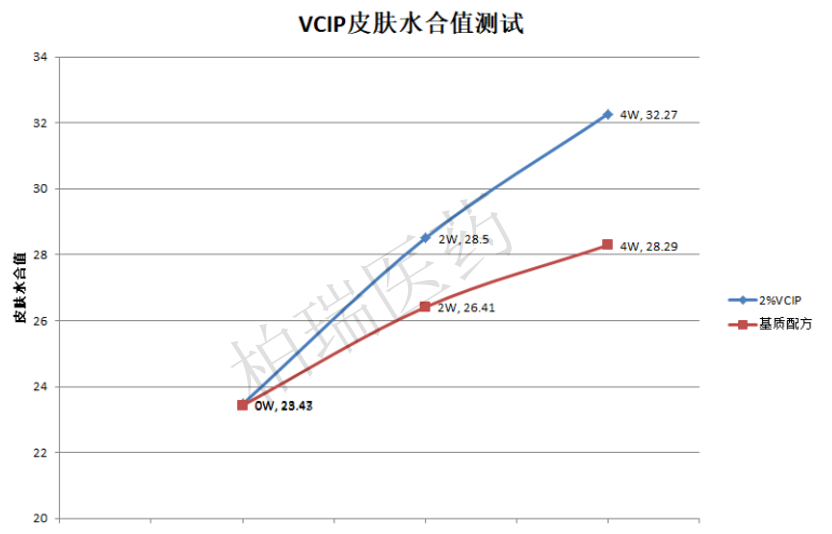
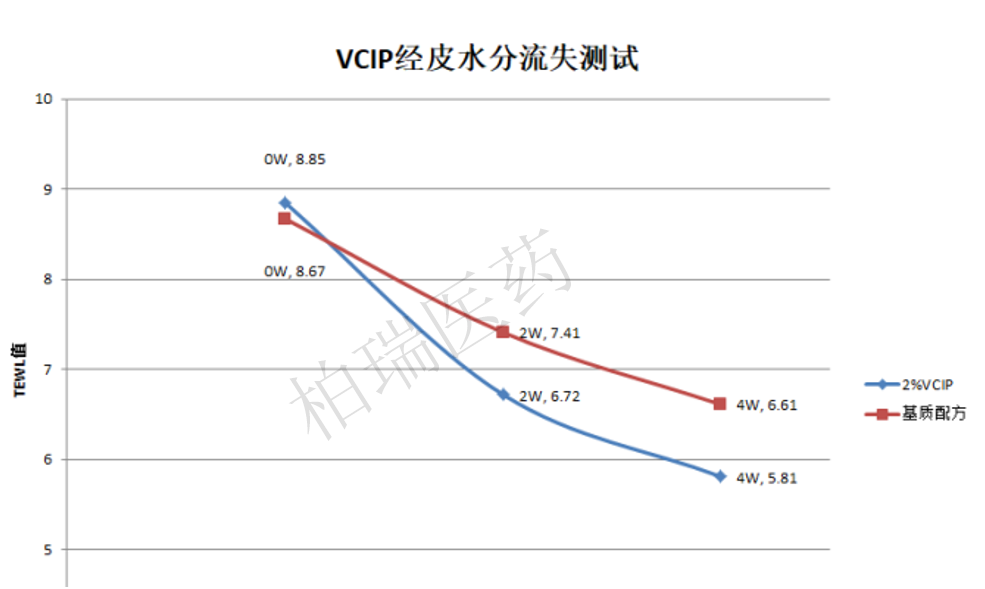
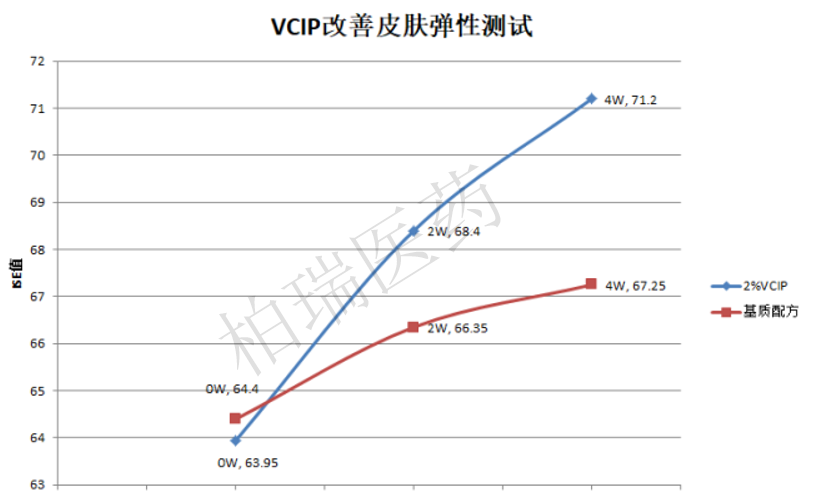
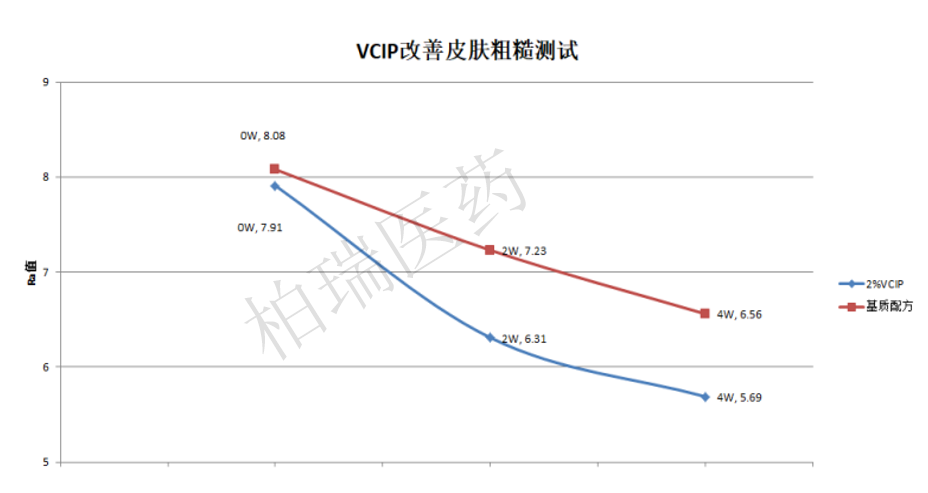

Data source: Berry Medicine Efficacy Laboratory
Summary: After 4 weeks of using 2% tetraisopalmitoyl ascorbic acid (VC-IP) cream, there is a significant whitening effect, reduction in skin pigmentation, improvement in skin roughness (improvement in skin texture), increase in skin hydration, reduction in transepidermal water loss (repairing the skin barrier), and improvement in skin elasticity. There is a significant difference compared to the matrix formulation.
III. Regarding stability:
Although vitamin C has super strong antioxidant capacity, this also brings another problem: it is too easy to be oxidized.
You may have encountered these situations: for example, your newly purchased vitamin C essence has a soy sauce-like color after opening the bottle. Or, when it was just opened, the vitamin C essence was still light-colored, but after using it for a while, it became more and more yellow!

The original VC is easily oxidized and difficult to preserve
The reason is that the original VC has strong reducibility and is unstable, and is easily oxidized. Alkaline or even neutral environments and metal ions can cause the ingredient to become inactive.
In order to better preserve the activity of vitamin C, scientists have adjusted some chemical groups of ascorbic acid, turning ascorbic acid into a type of molecule called vitamin C derivatives. These derivatives have antioxidant capabilities similar to vitamin C, but are more stable.
Many vitamin C and vitamin C derivatives currently seen on the market, whether they are heat-stable or light-stable, the best choice is VC-IP (tetraisopalmitoyl ascorbic acid).
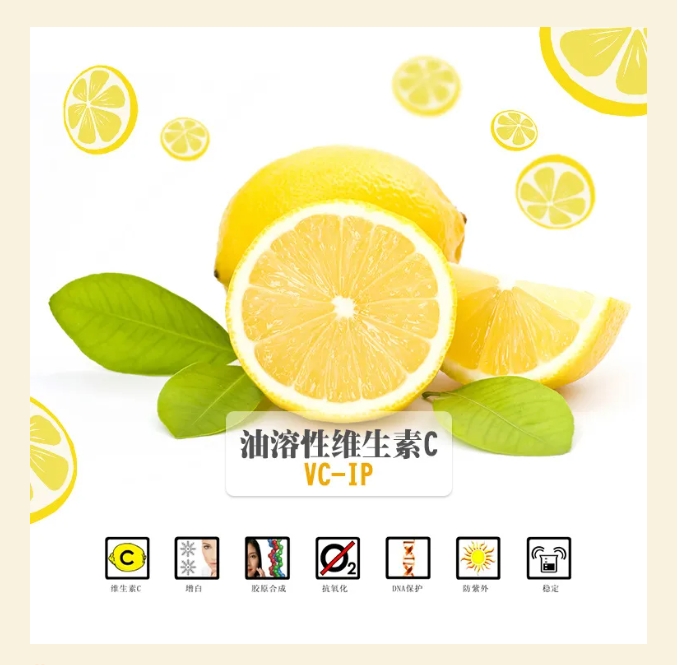
VC-IP has better stability, ensuring that the effectiveness is maximized during use, and improving the effect of use.
Final summary:

VC-IP solves the stability problem of VC, while having the same effects as VC and even surpassing VC in some aspects. It is also stable to heat and oxidation, with minimal discoloration, and is easy to develop formulations and produce.
Whether a specific ingredient is added to cosmetics can be seen from the ingredient list, but how much is added and its concentration are unknown, unless it is an industry insider or an experienced consumer who can judge the approximate content.
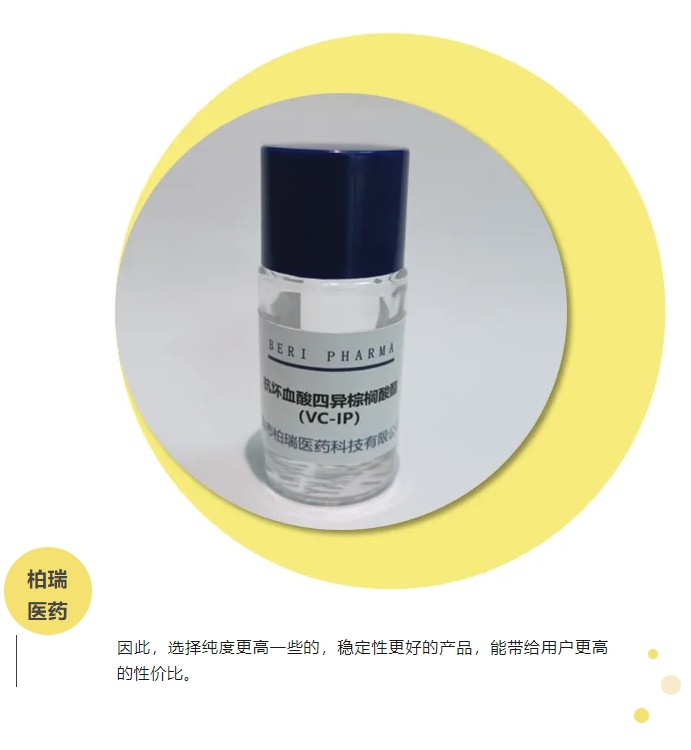

Welcome to follow our company's WeChat official account to learn more about the latest product information!
More Explore






